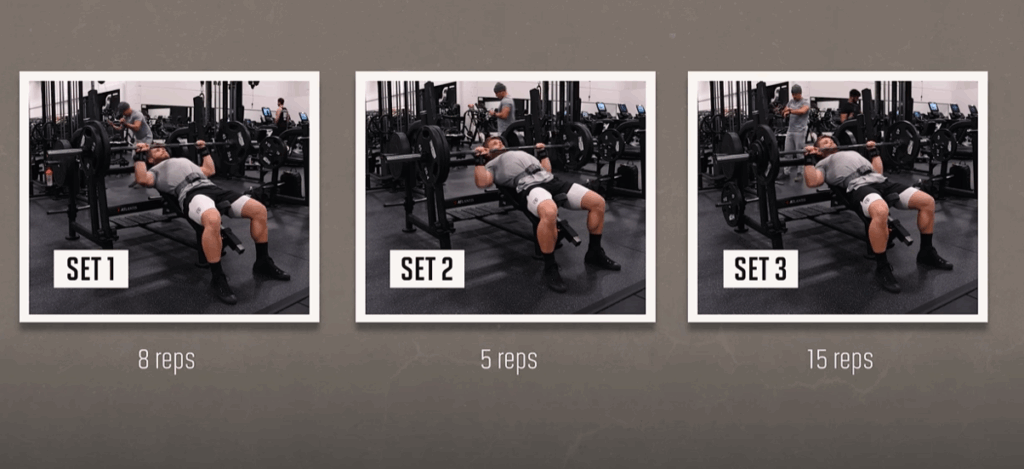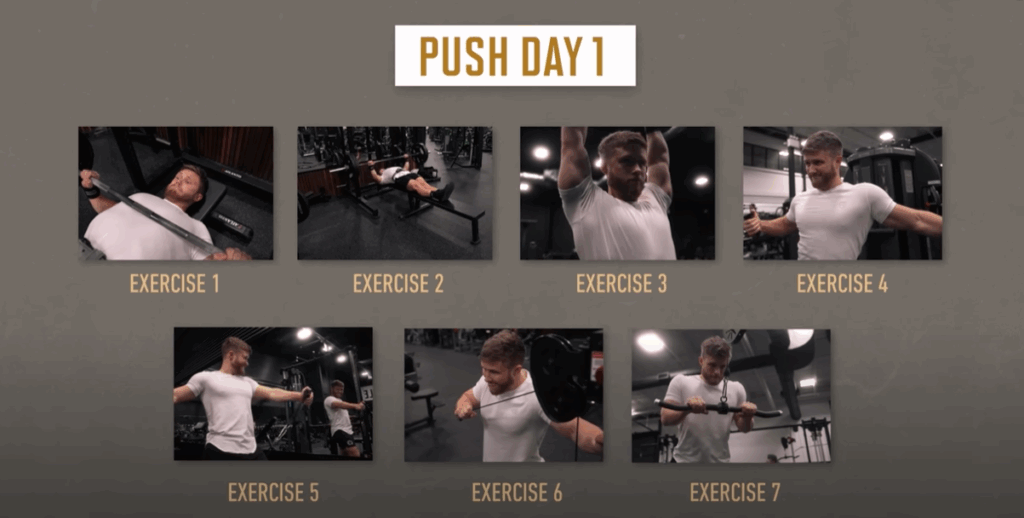Can You Actually Boost Your Metabolism? Here’s What Science Really Says
Metabolism is often blamed for stubborn weight gain or praised for rapid fat loss. But what is it really, and can you actually make it work faster? Let’s dive deep into the science behind metabolism, debunk popular myths, and uncover what truly helps you burn more calories daily.

Understanding Metabolism: More Than Just Burning Calories
In the fitness world, “metabolism” typically refers to your metabolic rate — the number of calories your body burns in a day to maintain its essential functions and support physical activity. It’s made up of several components: basal metabolic rate (BMR), thermic effect of food (TEF), non-exercise activity thermogenesis (NEAT), and exercise-related calorie burn.
People often refer to a “fast” metabolism when someone can eat a lot without gaining weight, and a “slow” metabolism when someone struggles to lose fat despite dieting. The truth is, two people of the same sex, height, and weight can burn drastically different numbers of calories per day due to genetics, hormones, body composition, and daily activity levels.
A 2022 study in the journal Science revealed some fascinating data: at the same body weight, one person might burn under 1,400 calories per day, while another could burn over 5,700. That’s a difference of more than 4,000 calories!
With such variability, many people wonder: is there a way to speed up a slow metabolism?
Let’s examine the most common metabolism-boosting strategies — and see which ones truly work.

Proven Strategies That Increase Metabolism
1. Build More Muscle
Muscle is a metabolically active tissue, meaning it burns more calories at rest than fat. While each pound of muscle only burns about six extra calories a day, over time, gaining 20–30 pounds of muscle can significantly increase your total daily energy expenditure (TDEE). For example, if you gain 30 pounds of lean mass, you might burn nearly 180 more calories daily — without doing anything extra.
Verdict: It works.
2. Regular Cardio
Aerobic activity undeniably burns calories. While your body may slightly compensate by reducing movement later in the day (a phenomenon called “energy compensation”), consistent cardio still leads to a net caloric deficit. Whether it’s walking, jogging, cycling, or swimming, cardio helps create the energy imbalance needed for fat loss.
Verdict: It works.
3. Move More Throughout the Day (NEAT)
Small daily activities like pacing while on the phone, taking the stairs, or stretching during work breaks can add up. This form of calorie burn, known as non-exercise activity thermogenesis (NEAT), varies greatly between individuals and can account for hundreds of calories burned each day.
Verdict: It works.
Tactics That Might Help — But Won’t Transform Your Metabolism Alone
4. Drinking More Water
Cold water slightly increases calorie burn because your body expends energy warming it to body temperature. You might burn around 8 extra calories per glass of cold water. While helpful, it won’t make a major dent in your daily burn unless you’re drinking gallons — which can be dangerous.
Verdict: Might help.
5. Spicy Foods
Capsaicin, the compound that gives chili peppers their heat, does have a mild thermogenic effect. Some research suggests it can increase energy expenditure by 50–70 calories per day — mostly in individuals with higher body fat levels. Still, the bigger benefit of spicy food may be appetite suppression rather than calorie burning.
Verdict: Might help.
6. Wearing Weighted Vests
Some newer research suggests that adding extra weight (like a weighted vest) during daily activity might trick the body into boosting metabolic rate, thanks to a sensor system called the “gravitostat” that responds to body loading. While promising, more research is needed.
Verdict: Might help.
7. Reverse Dieting
This practice involves slowly increasing calories after a fat loss phase in hopes of raising your metabolic rate. While some people maintain weight on higher calories this way, the effectiveness of the gradual approach versus jumping straight to maintenance is still debated.
Verdict: Might help.
Popular Strategies That Probably Don’t Work
8. Green Tea or Fat-Burning Supplements
Green tea is often hyped for its “metabolism-boosting” properties, but most studies show minimal calorie-burning effects. Even when a slight increase is noted, it’s often less than 80 calories per day and not significant for long-term fat loss.
Verdict: Likely ineffective.
9. Saunas and Cold Plunges
While sweating in a sauna or shivering in a cold plunge does increase heart rate and oxygen consumption slightly, the overall caloric burn is negligible — often less than 20 extra calories per session. That’s hardly a boost worth banking on.
Verdict: Likely ineffective.
10. Eating More Frequently
It’s a common myth that eating six small meals boosts metabolism. In reality, what matters most is total daily intake, not how often you eat. Studies show no significant difference in energy expenditure between high and low meal frequencies when calories are equal.
Verdict: Likely ineffective.

Final Thoughts: Focus on What Matters Most
While it can be tempting to chase every new hack that promises to rev up your metabolism, the best strategy for long-term success remains simple:
- Prioritize muscle-building resistance training
- Stay physically active throughout the day
- Maintain a moderate caloric deficit when dieting
- Avoid extreme restriction that tanks metabolic rate
- Focus on consistency over gimmicks
Even if you have a slower-than-average metabolism, you can still achieve sustainable fat loss by building smarter habits. And remember — metabolism isn’t destiny. It’s adaptable, and your daily choices have a major impact.



